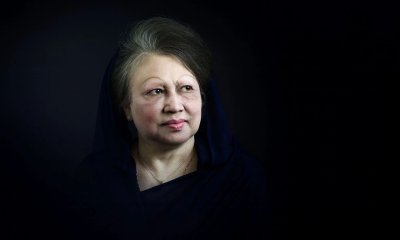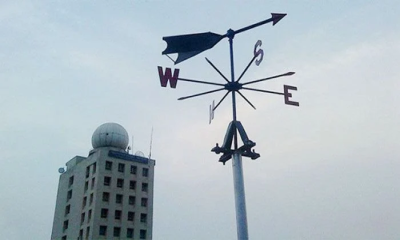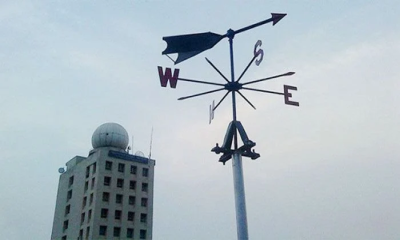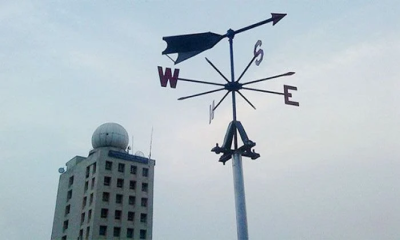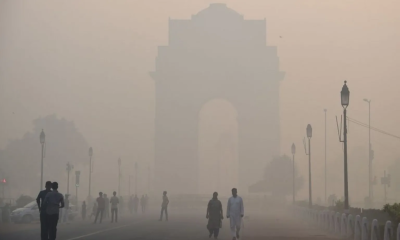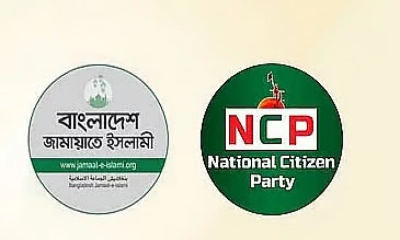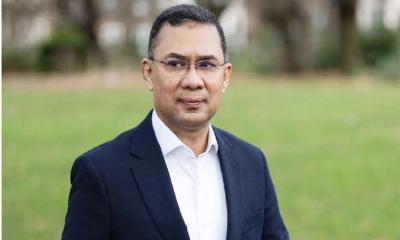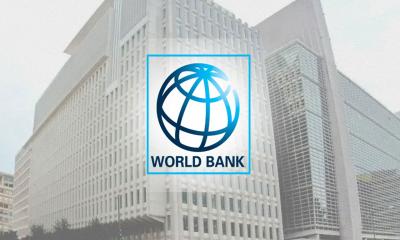On August 3, tens of thousands of people gathered at Dhaka`s Central Shaheed Minar for a mass rally organized by the Anti-Discrimination Student Movement, where leaders officially declared their one-point demand—the resignation of Prime Minister Sheikh Hasina and her entire cabinet.
The announcement, made by movement coordinator Nahid Islam around 5 PM, came just hours after Sheikh Hasina had called for dialogue in an attempt to ease tensions.
Earlier that day, the Prime Minister, speaking at a meeting with the Peshajibi Somonnoy Parishad at Ganabhaban, had expressed her willingness to meet with the protesting students, stating, “The doors of Ganabhaban are open. I want no conflict.” But her proposal was outright rejected by the student leaders, who also demanded that Sheikh Hasina be brought to justice for alleged killings and abductions during the ongoing protests.
Nahid, a former adviser to the current interim government and now chief of the National Coordination Platform (NCP), stressed that their goal was to establish a political structure where autocracy could never return. He urged citizens from all backgrounds to join what he termed a "student-people mass uprising" and announced the formation of a Jatiya Sangram Parishad, a national struggle council to be composed of individuals from all walks of life. He also reiterated the start of an all-out non-cooperation movement from August 4.
Following the rally’s conclusion around 6 PM, demonstrators blindfolded the Raju Memorial Sculpture with red cloth in a symbolic protest and later blocked the Shahbagh intersection at 7 PM.
Another key coordinator of the movement, Asif Mahmud Shojib Bhuyain, outlined 15 directives to make the non-cooperation campaign effective. These included halting payment of taxes and utility bills, closing down all offices, educational institutions, courts, factories, and ports, and refraining from attending government meetings. Expatriates were urged to suspend remittance transfers through formal banking channels. Other directives included a halt in public transportation, closure of luxury shops and restaurants, and limited operations of banks (only on Sundays for emergency purposes). Law enforcement officers were asked to restrict themselves to routine station duties and avoid protocol or riot control. The armed forces, except for the Navy and BGB, were instructed to remain in cantonments.
Crowds began gathering at the Shaheed Minar early in the morning despite heavy rain, carrying national flags, placards, and banners. The rally overflowed into the surrounding areas, including Doyel Chattar, Jagannath Hall, Dhaka Medical College, and Shibbari intersection. The area echoed with the slogan: “One Point, One Demand—Resignation of Sheikh Hasina.”
Protests were also seen across the capital throughout the day. Demonstrators blocked key intersections in Badda, Rampura, Banashree, the Science Lab area, and Mirpur-10, demanding justice for those killed during the quota reform movement. Meanwhile, family members of retired military officers held a rally in Mirpur DOHS calling for justice for the slain protesters.
Despite the presence of law enforcement officers throughout Dhaka, they largely refrained from intervening. However, Army Chief General Waker-Uz-Zaman addressed officers at the Army Headquarters` Helmet Auditorium, emphasizing the importance of protecting lives, property, and state institutions. He called on officers to stay vigilant against misinformation and uphold their responsibilities with honesty and discipline. He reaffirmed the army’s commitment to the people and the state.
That same day, journalists also joined the demand for government resignation. The Bangladesh Federal Union of Journalists (BFUJ) and Dhaka Union of Journalists (DUJ) organized a protest in front of the National Press Club, denouncing the killing of four journalists during the ongoing unrest.
Outside the capital, student protests continued to intensify. The Dhaka-Chattogram highway was blocked at Jatrabari, and Jahangirnagar University (JU) students along with others blocked the Dhaka-Aricha highway in Savar. Demonstrations spread to Sylhet, Cumilla, Faridpur, Tangail, and Jamalpur, where police and ruling party activists allegedly attacked protesters. One person was reportedly killed in Gazipur.
In Chattogram, protesters attacked the residence of then Education Minister Mohibul Hasan Chowdhury, setting one car ablaze and vandalizing another. The office of local MP Md Mohiuddin Bacchu was also torched earlier in the day.
In Rangpur, two police officers were suspended in connection with the death of Abu Sayed, a Begum Rokeya University student and key coordinator of the local movement. In Cumilla, Chhatra League, Jubo League, and Swechchha Sebok League activists opened fire on student protesters near Race Course.
Meanwhile, then-Home Minister Asaduzzaman Khan Kamal acknowledged in a press briefing that the protests had evolved from a student-led initiative into a full-fledged political movement.
In Bogura, violent clashes broke out between students and police. Authorities used tear gas, rubber bullets, and sound grenades, turning areas like Satmatha, Kalibari Mor, and Rezaul Baki Road into battlegrounds. At least six students sustained bullet wounds.
International reaction followed swiftly. On August 2, a group of 22 U.S. Senators and Members of Congress sent a letter to Secretary of State Antony Blinken, urging action to prevent further deterioration of democracy and human rights in Bangladesh. The letter contained multiple allegations against the ousted Awami League government.


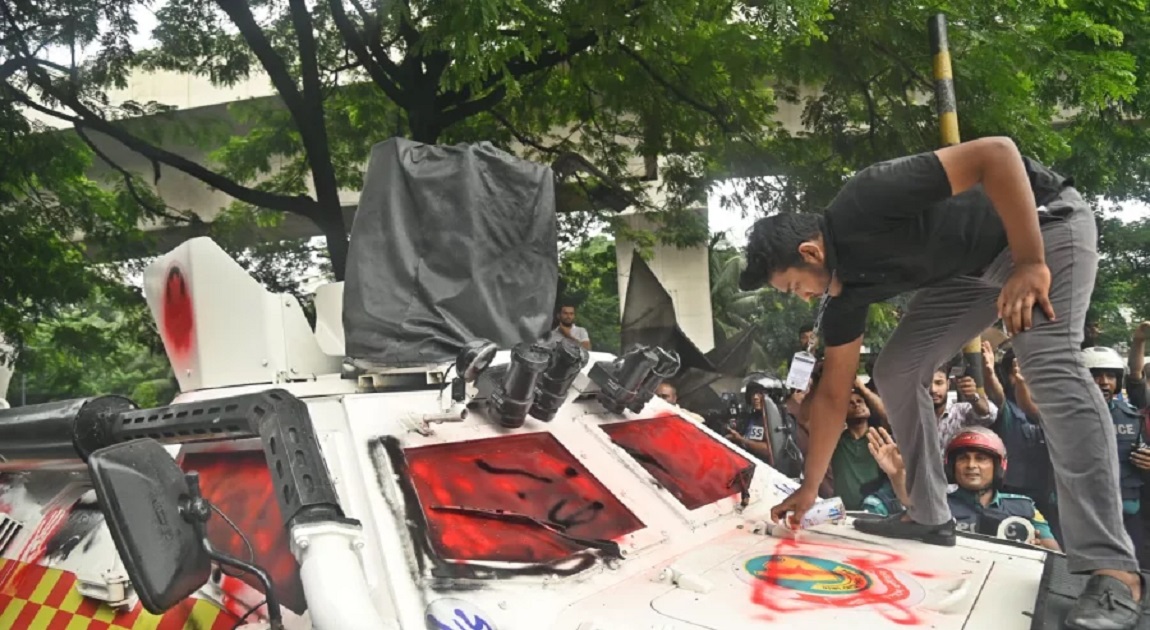

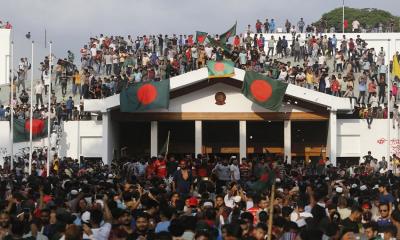
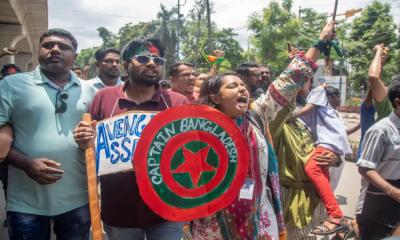
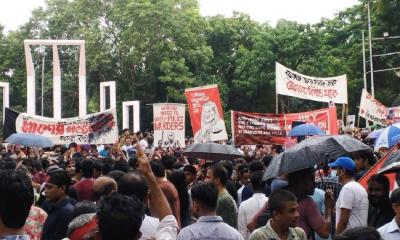
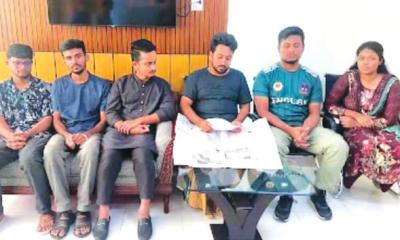
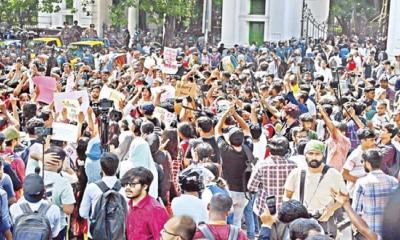
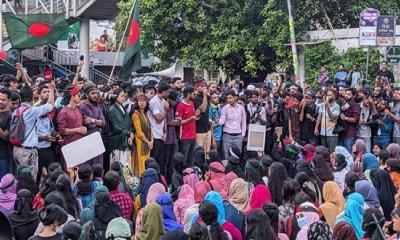
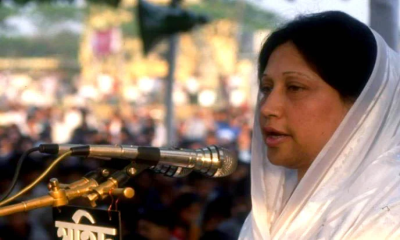
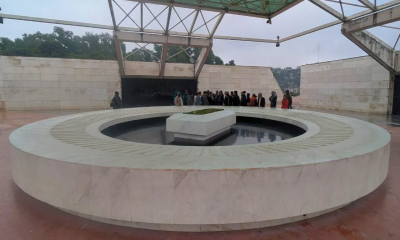
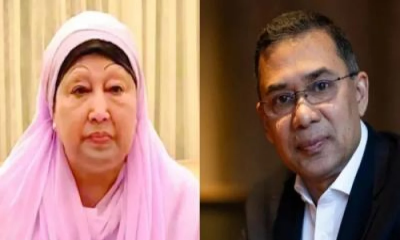
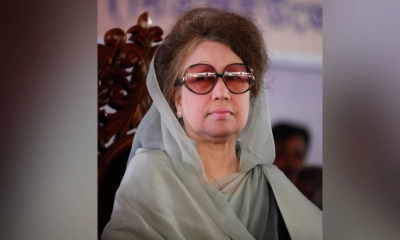
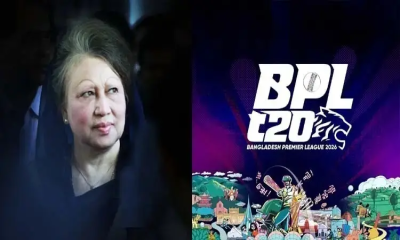
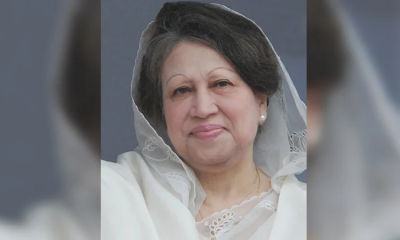
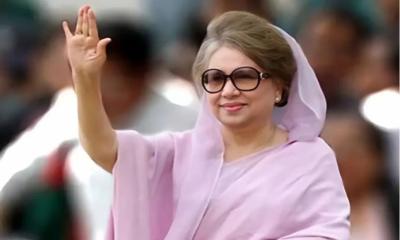
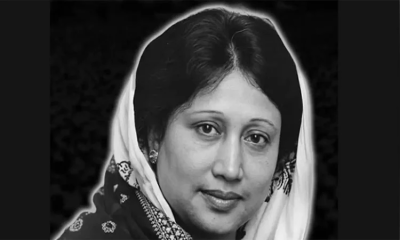
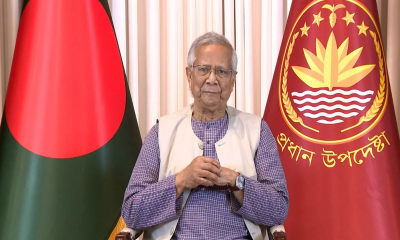
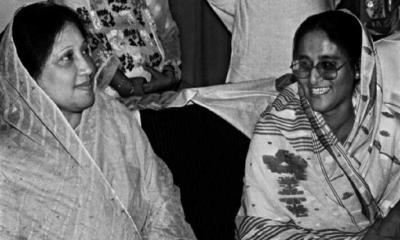
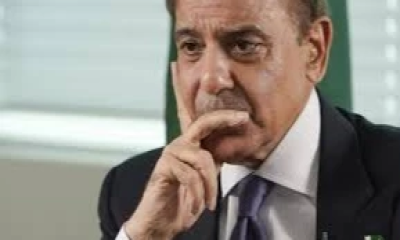
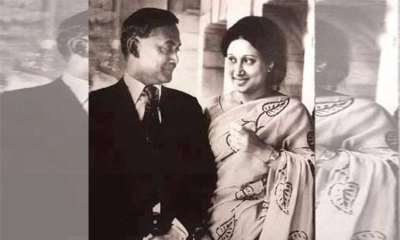
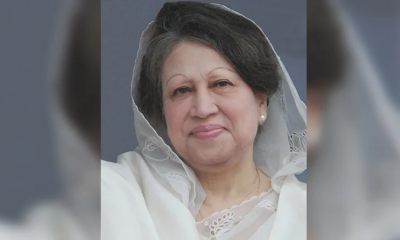
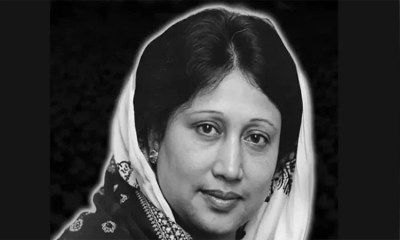
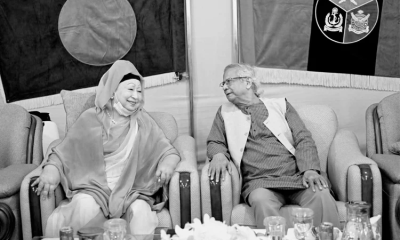

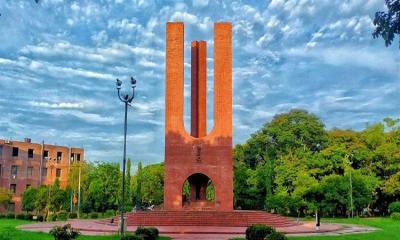
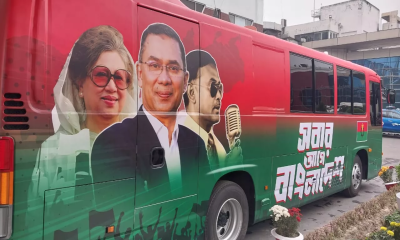
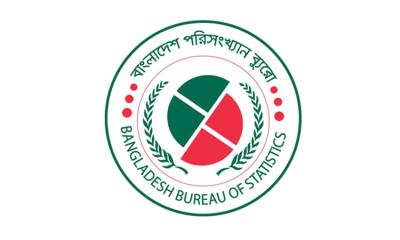
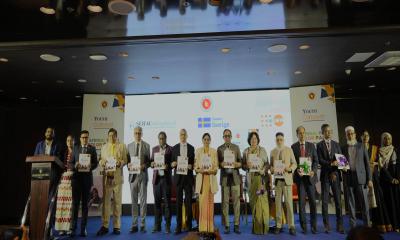
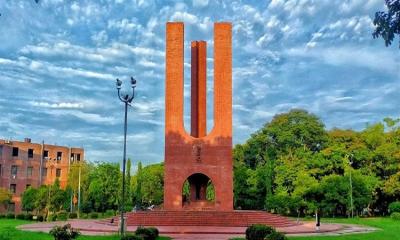
-20251227141313.jpeg)
